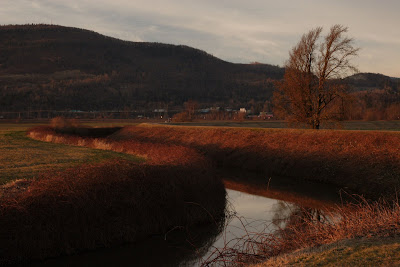First, Elisa roasted a carrot over a candle for Dustin
(he would have done it first, fire is his fav)

Then we thought about you Dustin, as we ate ice-cream & chocolate!
Boy, he would have enjoyed this!

Then the best part of all, a trip down memory book lane!
Are you ready Dustin?
It all started with Elisa finding a family favorite picture book
while she was at the library.
(hey, what was she doing in the picture book section,
I thought she was researching an essay!)
Elisa thought that we could read it together on our planned family night,
mom loved the idea!
So, Dan using his literary voice to capture the essence of this tongue twisting tale, spun us back down memory book lane once more.
Dustin, I'm sure you remember this rhythmical name,
"Tikki tikki tembo-no sa rembo-chari bari ruchi-pip peri pembo" which according to the book is a Chinese name which means "the most wonderful thing in the whole wide world!"
The book title is "Tikki Tikki Tembo" by Arlene Mosel






































